Probable Dengue Mnemonic: FEVeR TLC (Send Total Leukocyte Count in Fever) a. Feverb. Endemic area (living or travel)and 2 of –c. Vomiting and nausead. Rashe. Tourniquet test positivef. Leukopenia (EARLIEST sign)g. Cramps and cries (Aches and pains) Tourniquet test: Inflate the BP cuff between SBP and DBP and keep it…
Author: Dr. Sulabh Kumar Shrestha, MS Orthopedics
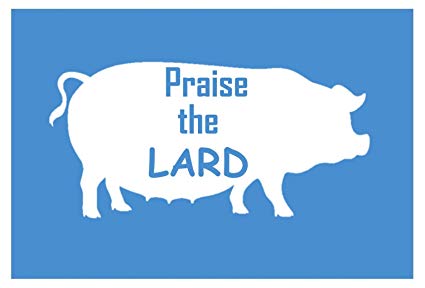
Simplified Guide to Statin Therapy
Statins Equivalent Dose Mnemonic: PRASLPF 2-5-10-20-40-40-80 Pituvastatin 2 mg Rosuvastatin 5 mg Atorvastatin 10 mg Simvastatin 20 mg Lovastatin 40 mg Pravastatin 40 mg Fluvastatin 80 mg Intensity of Statins a. High intensity (LDL lowering >/= 50%) Atorvastatin 40-80 mg Rosuvastatin 20-40 mg b. Moderate intenstity (LDL lowering 30-49%) Atorvastatin…
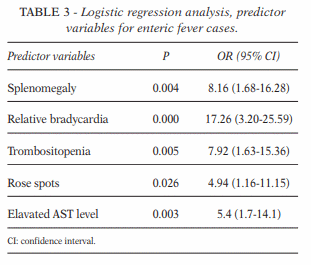
Clinical Criteria for Diagnosis of Enteric Fever
In the Absence of Microbiological Confirmation, these case defintions and criteria may be helpful. Case definitions of Typhoid Fever a. Confirmed enteric fever: A patient with persistent fever (38 °C or more) lasting 3 or more days, with laboratory-confirmed S. typhi organisms (blood, bone marrow, bowel fluid) A clinical compatible…
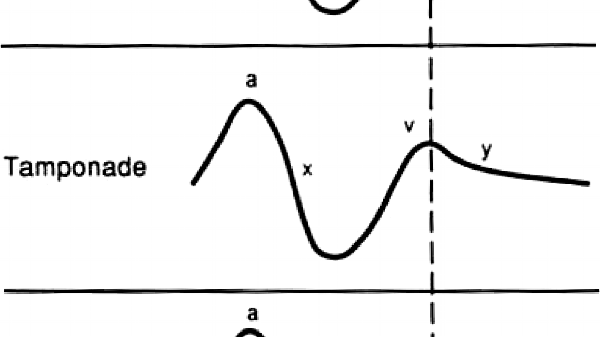
JVP Mnemonics
Jugular venous pulse (JVP) waveforms a – Atrial contraction (RA) c – Closure and Curving of tricuspid valve into RA x – atrial relaXation v – Venous filling of right atrium (RA) y – atrial emptYing Distinguishing JVP from Internal carotid pulsation Mnemonic: POLICE Palpation: Non-palpable Occlussion: Readily occludable Location:…
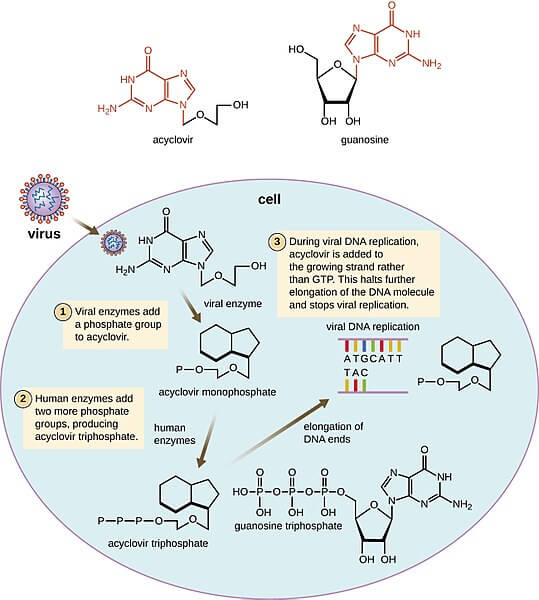
Acyclovir Post-exposure Prophylaxis for Varicella: Is it helpful?
Dose: 80 mg/kg/day in 4 divided doses for 7 days; maximum 800 mg 4 times a day Time to start prophylaxis: 7-10 days after exposure (late incubation period) Indication: People without evidence of immunity and with contraindications for varicella vaccination (VZIg) Results from some studies Among 27 children in the…
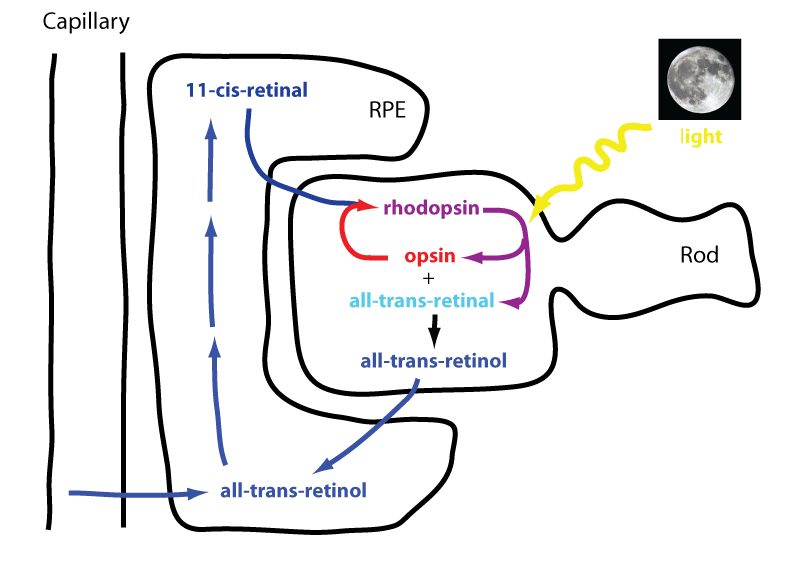
Visual cycle – Simplified
11-cis-retinal combines with opsin protein to form rhodopsin. Light stimulates conversion of rhodopsin bound 11-cis-retinal to all-trans-retinol (all-trans-retinol is transported from photoreceptor cells to retinal pigment epithelium), which subsequently dissociates from opsin (bleaching), leading to membrane depolarization and initiation of action potential in photoreceptors in the neural retina. Once in…
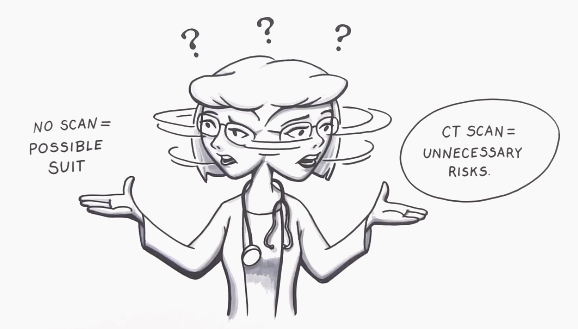
Doctor-Patient mistrust may be expensive to patients
The risks of malpractice litigation are proving to be harmful to the US health system; the number of practitioners practicing defensive medicine is increasing. “Defensive medicine” is a practice where a doctor suggests clinical investigations or remedies that do not have to be the best choice for the patient. The main role…
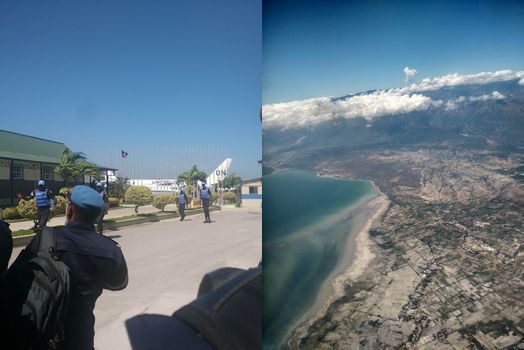
United Nation’s Peacekeeping Mission – A Doctor’s Story
In a very short notice to be prepared, we left home for the residential pre-deployment training on January, 2018. In the freezing cold of the winter, we started our day in the early morning with P.T (Physical Training). We attended various sessions, which made us familiar on the topics of…
